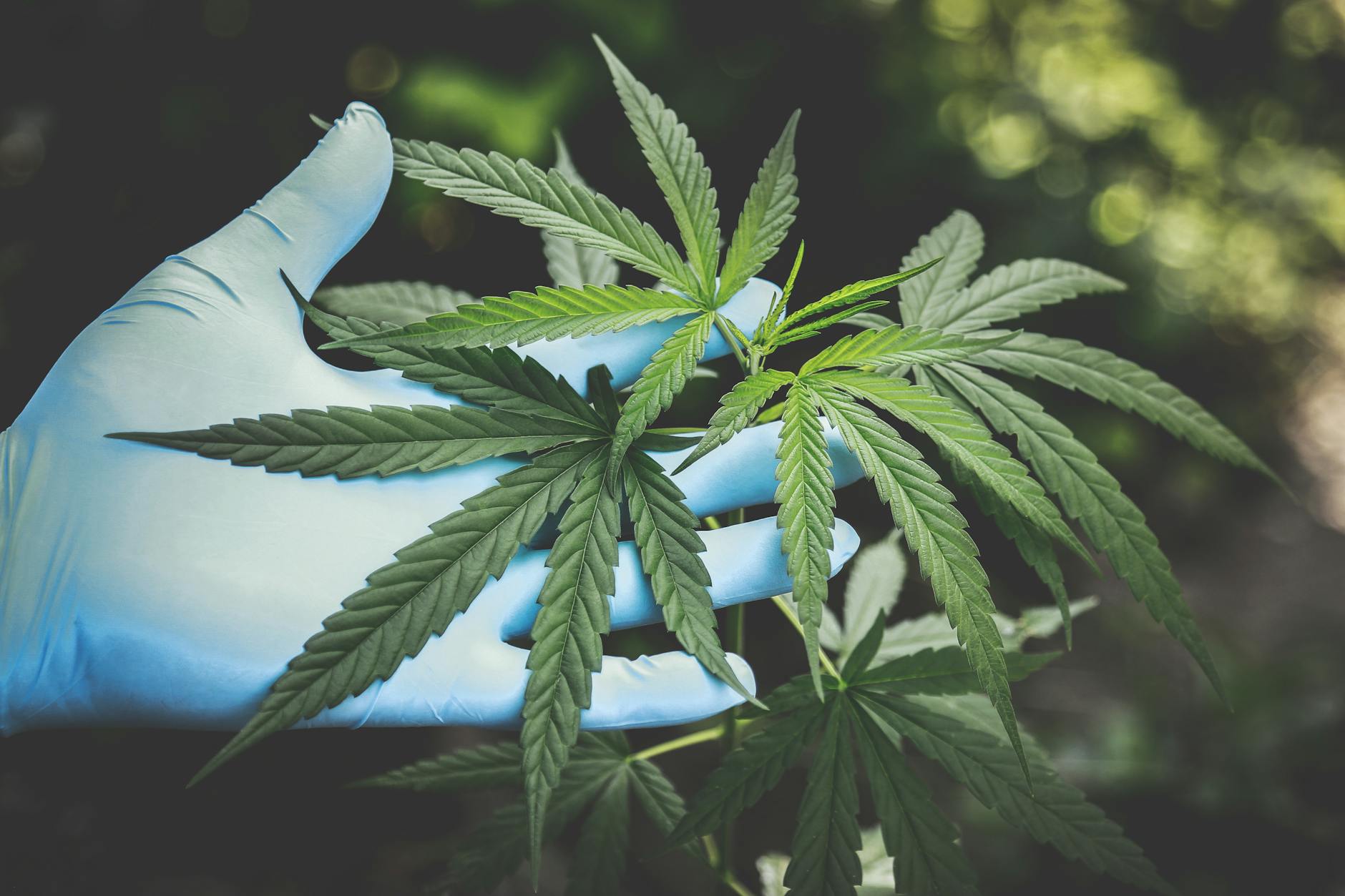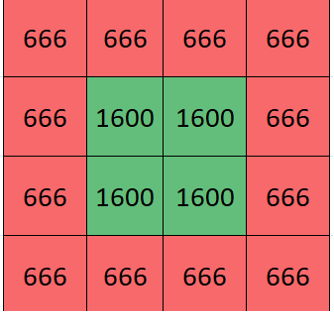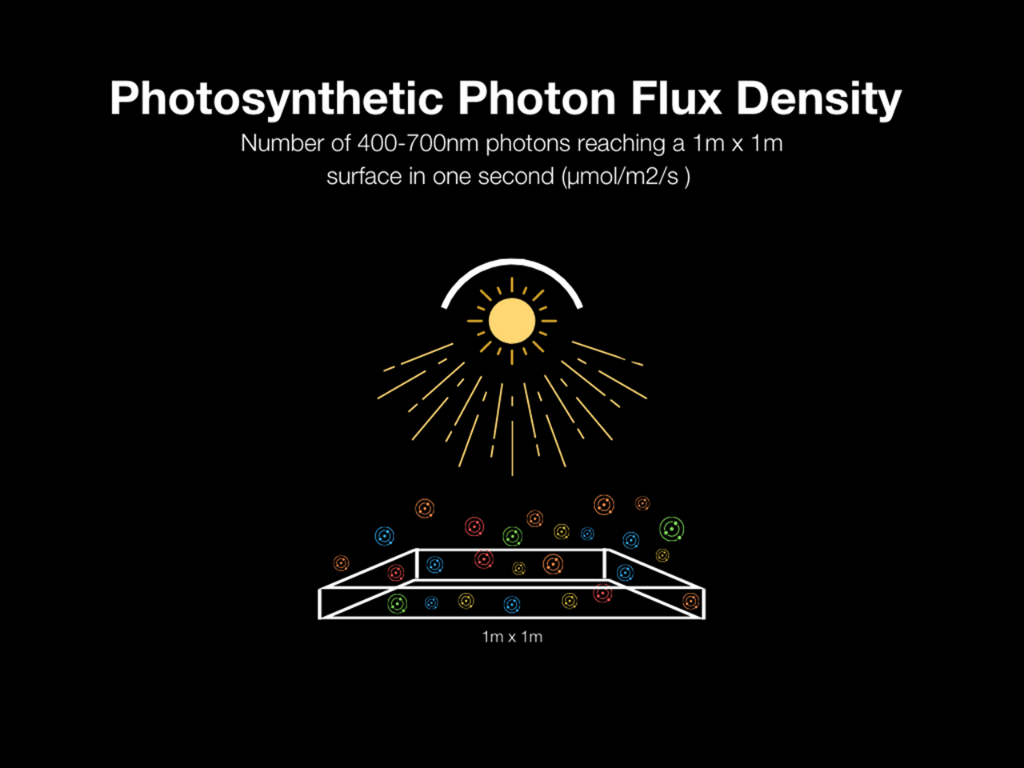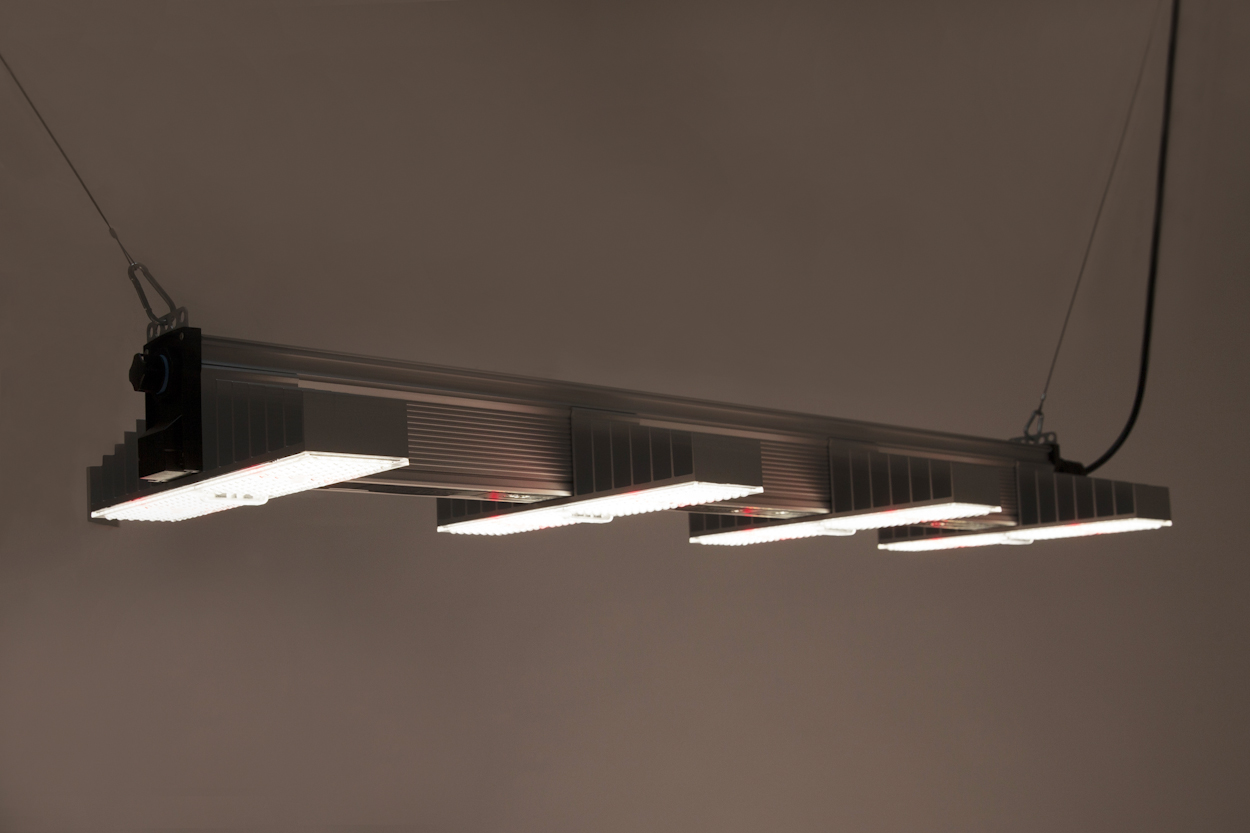
4/20 in New York
In a radiant whirlwind of vibrant energy and strategic partnerships, we, SANlight, the pioneering creators of LED grow lights, embarked on an electrifying journey to

Regarding efficiency in an indoor grow environment, the power consumption of the HVAC system and the Grow Lights are the biggest energy consumption factors. In a professional indoor grow facility, HVAC systems dramatically affect power consumption. In a home grow, this factor does not affect power consumption as dramatically. Nevertheless, a grower should know that exhaust fans and circulation fans run 24 hours daily. Even a low power consumption of 100W for the ventilation of a 1,5m2 grow tent adds up to 216kWh per grow. The power required to produce reasonable light intensity can be up to 700W for the same area. After harvesting an average grow, growers can add 840kWh to their electricity meter just for lighting. Since lighting consumes up to four times more electricity than the ventilation system, this is the first point that should be optimized so that the home grower can harvest efficiently. Furthermore, it’s not just about money; today’s growers should also remember our planet and use resources wisely and responsibly.
10 years ago, most growers used HPS lamps to generate the photons for their plants. Nowadays, a classic home grow setup is powered by LED Grow Lights. For this reason, we will only analyze LED Grow Lights in this article. When we look at efficiency, we should know that it is more than just a number on a datasheet. The photon yield per joule (PPF/J) is an important number to characterize an LED Grow Light. The light spectrum, the light distribution and the intensity used (PPFD) have great potential to save electricity.
With a technical background this should be the easiest number to calculate. In general, the light output from modern Grow Lights is given in PPF (“Photosynthetic active Photon Flux”), or PPFe (“Photosynthetic active Photon Flux extended”). This number can be evaluated in an integrating sphere or in a spectro goniometer. In simple terms, these devices count the emitted light particles (photons) that contribute to the PAR (“Photosynthetic Active Radiation”) range of 400nm – 700nm (PPF) or to an extended PAR range e.g. 350nm – 780nm. The measured light output in µmol/s is the number of photons that are generally emitted by the light source. Dividing the PPF value by the energy consumption of the tested LED grow light gives the efficiency. This indicates how many “plant-usable” photons are generated per watt and second. The physical unit for efficiency is µmol/J.
Here is a simple example: SANlight EVO 4-120 emits 725µmol/s plant usable photons. To generate this light output, 265W are consumed from the energy grid. Dividing the output of 725µmol/s by the power consumption of 265W gives the efficiency of 2,73µmol/J.
Not every photon contributes to photosynthesis to the same extent as others. Red photons are generally used more efficiently than green photons, for example. The more photons raining down on the plants (higher light intensity), the less efficiently they are used by the plant. From an electrical point of view, red and blue LEDs are more efficient than, for example, green LEDs. Additionally, plants can handle red and blue photons most efficiently. The problem is that in an indoor grow with light intensities > 400µmol/m2/s, supplying all the light energy with red and blue photons is impossible as the plant’s chlorophyll gets saturated. So, promoting photosynthesis with only red and blue light can be a good idea if leave-forming plants like basil are grown with low light intensities <400µmol/m2/s. If you want to grow fruit or flower-building plants, indoor light intensities >400µmol/m2/s are recommended. Then, it’s more efficient to do that with a broadband light spectrum. The light spectrum strongly influences the efficiency of photosynthesis in combination with the used intensity (PPFD).
SANlight has done several research trials to determine the optimum light-intensity fruiting plants with the EVO-Series under indoor conditions. In these trials, the same genetics have been grown under 700µmol/m2/s, 900µmol/m2/s, and 1100µmol/m2/s. The trials proved that the higher the PPFD levels, the lower the photosynthetic efficiency. While plants grown under 700µmol/m2/s reached the best yield/watt ratio, the plants grown under more light have generally yielded more. The yield/watt ratio has been lower. For growing the most efficient energy usage vs. yield, it’s better to use lower intensities. High light intensities are the way to grow if a grower wants to maximize his yield per area. SANlight recommends the “golden middle” between the best yield/watt and the best yield/area for growing at home. This is 900µmol/m2/s for flowering short-day plants in a closed cabinet without adding CO2.
Imagine you have two light sources with the same PPF output. Let’s say 1000µmol/m2/s. The only difference will be the light distribution. As a result, you will see differences in the light distribution as shown in the PPFD diagrams below, but overall the light level will be the same.
The plants on the left-hand side grow evenly, and each plant has optimum light conditions. Therefore, each plant on the left-hand side of the cultivation area will consume the same amount of nutrients. The plants in the right-hand growing area will be subjected to different PPFD values, such as light intensity. Of 1600µmol/m2/s will be entirely in the middle. They will perform inefficiently, while the plants in the red area will freeze under low light intensity and will not perform at their best. We want to use this simple example to illustrate the importance of good, uniform light distribution. Finally, even if the light source has the same efficiency and power as stated in the datasheet, there is another significant fact, namely the “homogeneous light distribution.

PPFD plot 1 Ø PPFD = 900µmol/m2/s

PPFD plot 2 Ø PPFD = 900µmol/m2/s

In a radiant whirlwind of vibrant energy and strategic partnerships, we, SANlight, the pioneering creators of LED grow lights, embarked on an electrifying journey to

Regarding efficiency in an indoor grow environment, the power consumption of the HVAC system and the Grow Lights are the biggest energy consumption factors. In

When it comes to lighting, there are some terms you will be confronted by trying to find the best lighting for horticultural setups. This paper

What does service life mean for SANlight? As a producer of LED lights for horticulture, we can choose from an almost unmanageable variety, the right

© Copyright 2024 SANlight Americas LLC | Terms and Conditions | Privacy Policy